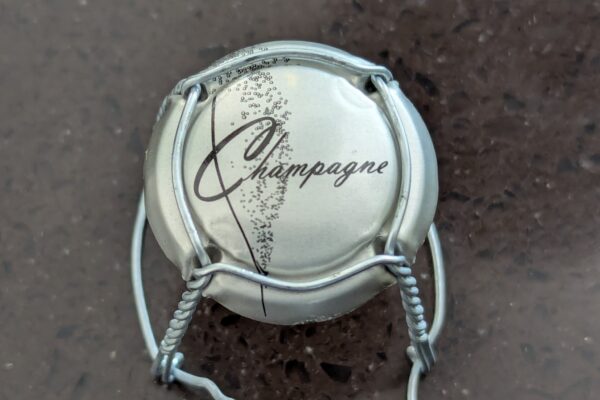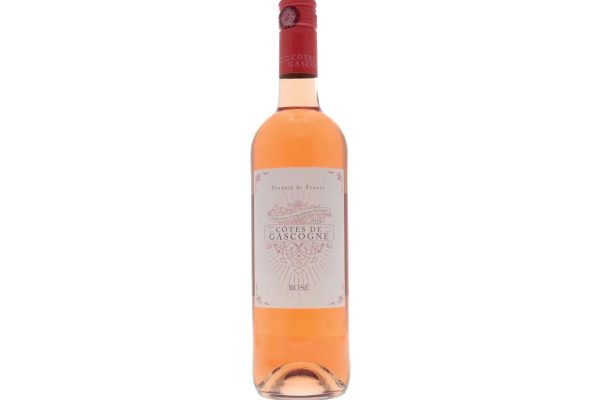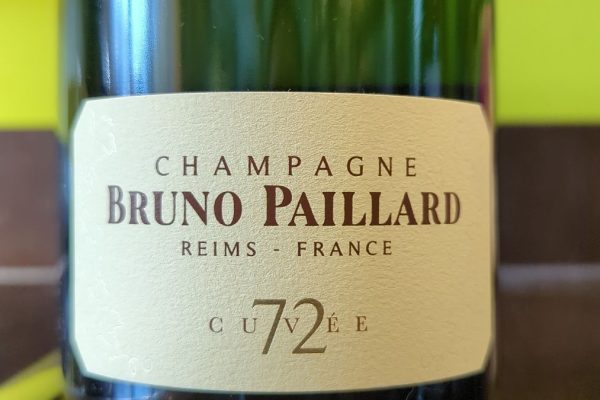
Ribera del Duero, a wine region in Spain, is mainly known for its red wines. Situated along the Duero River in the northern plateau of the Iberian Peninsula, Ribera del Duero benefits from a unique climate, higher altitude and a rich winemaking heritage. The region gained its Denominación de Origen (DO) status in 1982.
The region’s winemaking is centred around the Tempranillo grape, locally known as Tinta del País or Tinto Fino. This grape imparts deep colour, complex aromas and ageing potential to the wines. Sometimes, Tempranillo is blended with Garnacha, Cabernet Sauvignon, Merlot and Malbec to enhance complexity.
Ribera del Duero’s wines are notable for their robust structure and deep ruby colour. The ageing process plays a crucial role here, with “Crianza” wines requiring a minimum of two years of ageing, “Reserva” at least three years, and “Gran Reserva” a minimum of five years. This ageing contributes significantly to the flavour profile and complexity of the various types of Ribera del Duero.

An important aspect of Ribera del Duero’s terroir is the presence of old bush vines which yield fewer but higher quality grapes. These vines, with their deep roots, effectively express the unique terroir adding to the wines’ complexity and depth.
There are nearly 8,000 vine growers and over 300 winemakers dedicatedly working across 27,000 hectares divided into 60,219 plots. This is to ensure that production remains low and meticulously managed. Extensive pruning and thinning of the crop are standard practices, with a focus on achieving a low yield for the production of high-quality grapes. In pursuit of this philosophy of ‘less is more’, the average yield over the past decade has been 4,380 kilos per hectare, significantly lower than the maximum limit of 7,000 kilos set by the DO regulations. Moreover, 23% of the vineyards are more than 50 years old and 10% surpass 80 years. Notably, 80% of the grapes are harvested by hand.
When compared to Rioja’s typically lighter, more aromatic and balanced wines, Ribera del Duero’s wines, shaped by an extreme continental climate, are more intense and robust. They tend to have more intense colours, higher tannins and a fuller body with a flavour profile leaning towards darker fruits and a pronounced oak influence. Another distinguishing factor in the winemaking process of Ribera del Duero is the preference for French oak barrels for ageing. This choice imparts notes of mocha, smoke, spice and cedar to the wines. In contrast, Rioja traditionally uses American oak, which is known for giving its wines a signature vanilla and sweet spice character.
While predominantly for its red wines the region also produces rosé and white wines in smaller quantities. The rosé wines of Ribera del Duero tend to have strawberry pink colour with redcurrant pink nuances and a faint violet iridescence. They are known for their fruity aromas with hints of wild berries and ripe fruit, typical of the Tempranillo and Albillo varieties. The white wines from this region are primarily made with at least 75% of the Albillo Mayor variety.













